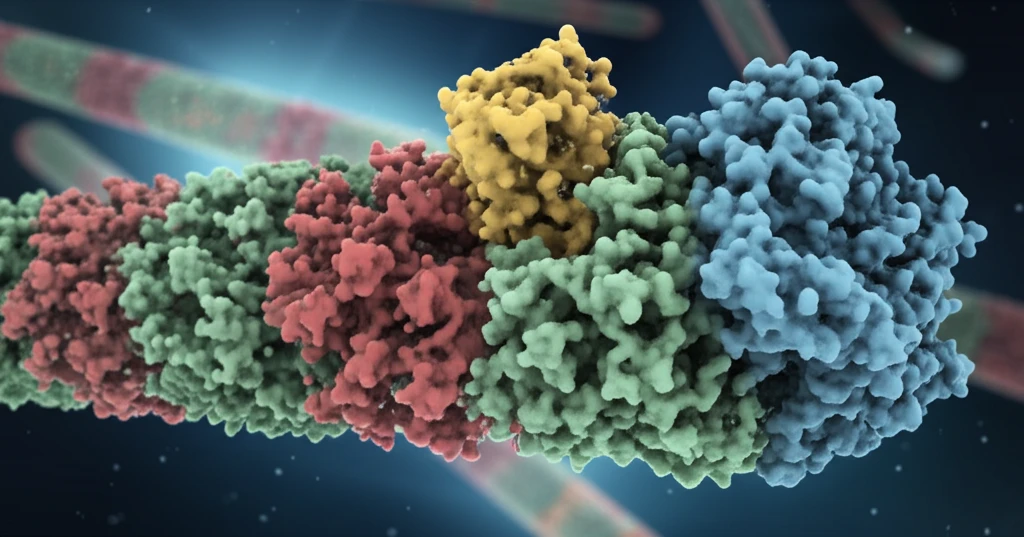
Unlocking the Secrets of Kinesin-13: How These Tiny Motors Shape Our Cells
"Dive into the world of microtubule depolymerizing kinesins and discover how their unique structures and functions are critical for cell division, neuronal development, and more."
The Kinesin superfamily is a large group of molecular motors that use ATP to regulate their interaction with the microtubule cytoskeleton. These motors perform various cellular functions, including the specialist Kinesin-13 family, which depolymerizes microtubules.
Members of the Kinesin-13 family use their microtubule-destabilizing activity to regulate processes such as chromosome segregation, maintenance of cilia, and neuronal development. Understanding the structure and function of these kinesins is crucial for comprehending their role in cell dynamics.
This article explores the current understanding of the structure of the Kinesin-13 family and the roles different parts of these proteins play in their microtubule depolymerization activity and broader functions.
What Makes Kinesin-13s Specialist Microtubule Depolymerisers?

Kinesin-13s, characterized by a conserved motor domain, use ATP turnover to regulate interaction with the microtubule cytoskeleton. Unlike most kinesins, Kinesin-13s don't support microtubule motility; instead, they diffuse on microtubules and depolymerize them from both ends. The genome of most eukaryotes has at least one Kinesin-13, with members suggested as major regulators of microtubule length. Yeast typically lacks a Kinesin-13, with a Kinesin-8 family member fulfilling the role of microtubule length regulation.
- KLP10A (Drosophila): Regulates spindle microtubules, centriole length.
- KLP-7 (Caenorhabditis elegans): Prevents ectopic cytoplasmic nucleation of microtubules.
- MCAK/KIF2C (Mammalian): Centromeric localisation contributes to kinetochore-microtubule attachments and chromosome oscillations.
Open Questions and Future Directions
While the Kinesin-13 motor domain has potent microtubule depolymerizing activity, the molecular characteristics that confer this specialist activity are not fully understood. Future research should focus on how the tubulin-binding interface is specifically adapted to recognize the microtubule end and how family-specific sequence motifs contribute to this recognition. Further exploration is also needed to understand the role of the neck region and the long-range intramolecular interactions in regulating Kinesin-13 activity and function.
